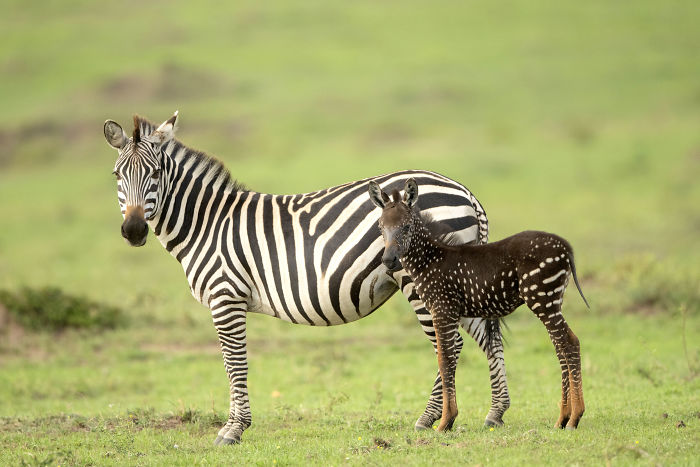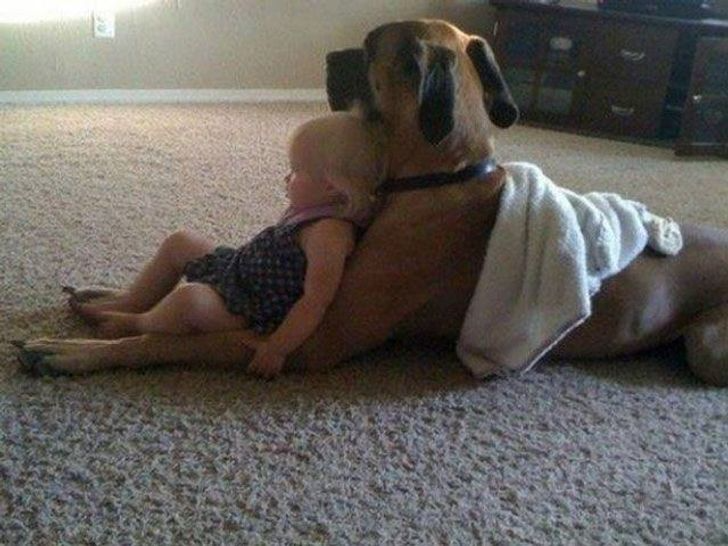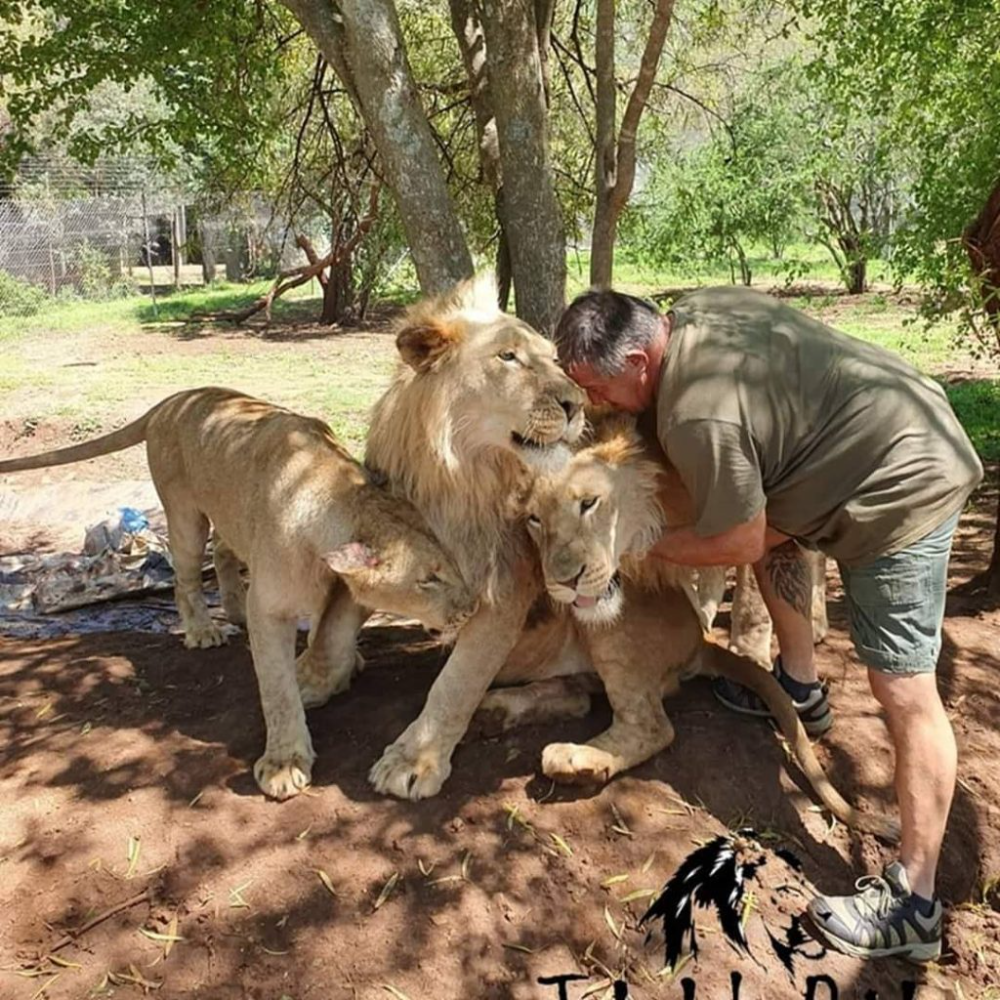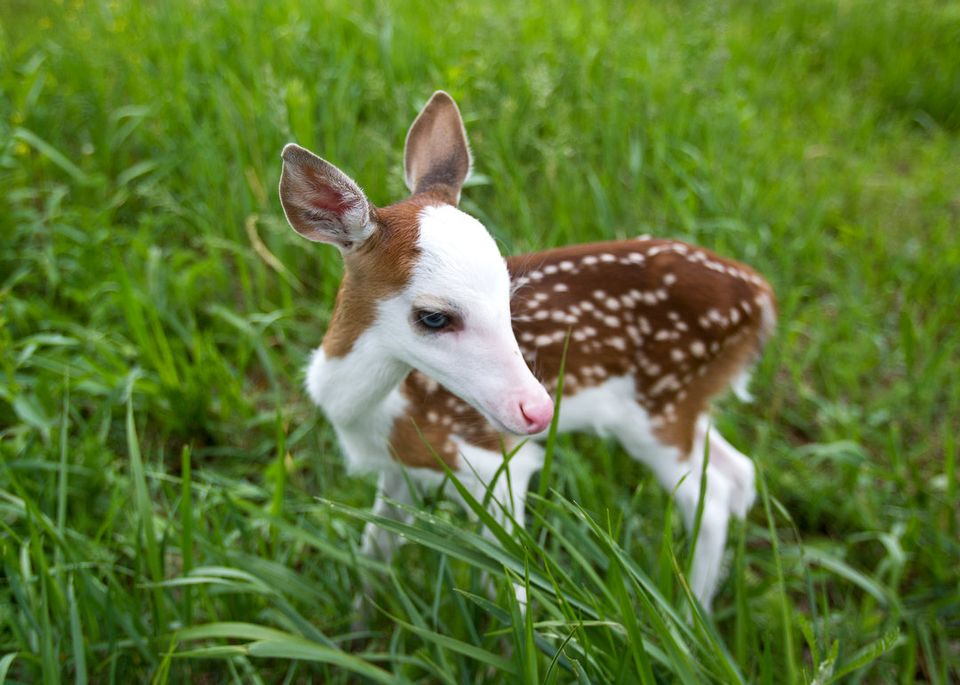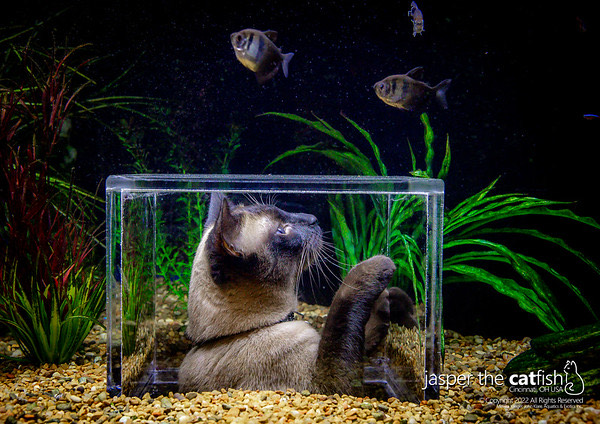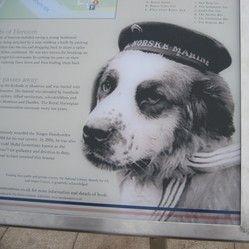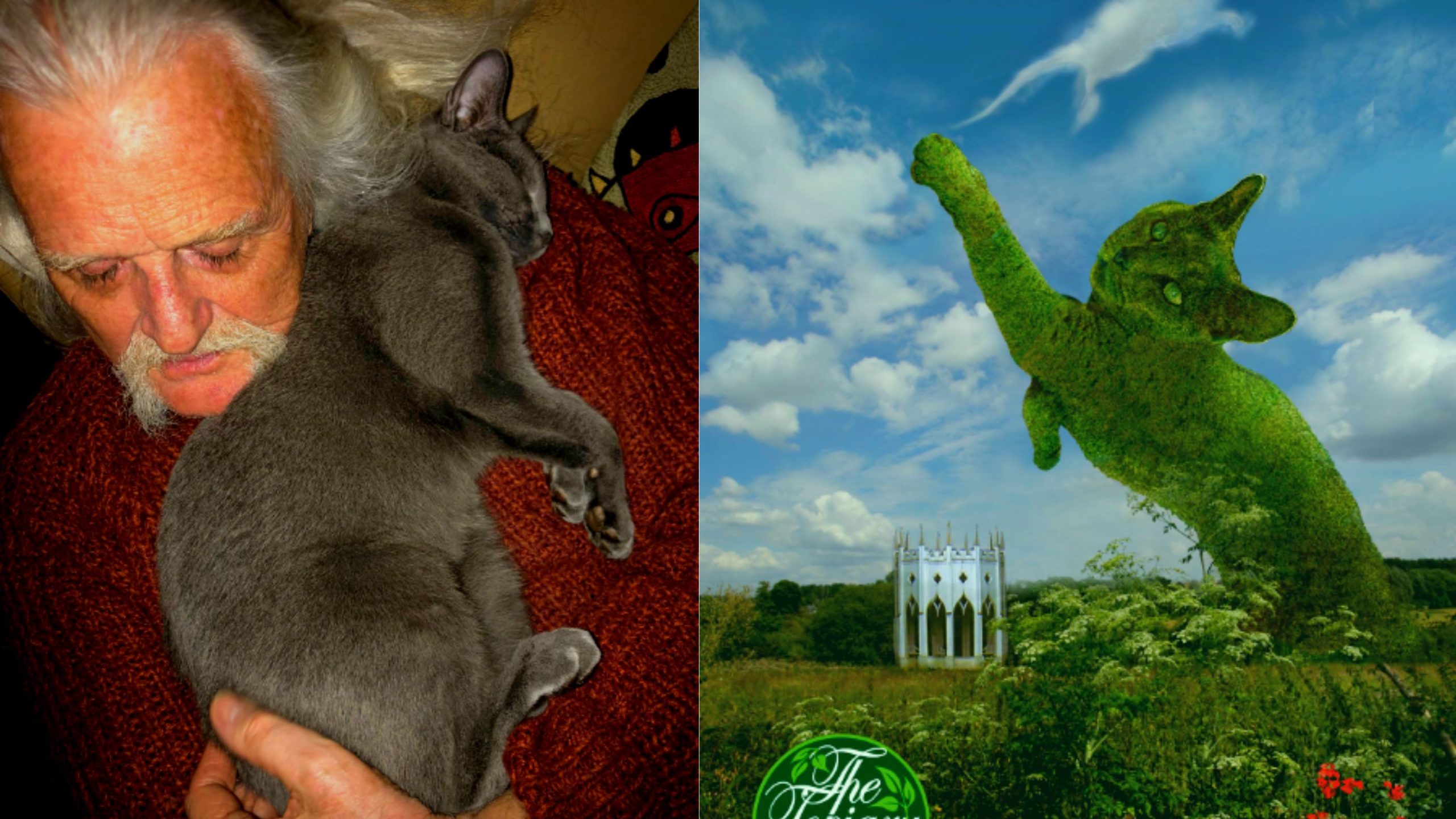Smoky, the Yorkshire Terrier, is a healing presence for WWII soldiers who have been injured.
The smallest soldier in World War II stood only seven inches tall and weighed four pounds. In February 1944, an eight-month-old Yorkshire Terrier named “Smoky” was discovered abandoned in a foxhole in New Guinea.
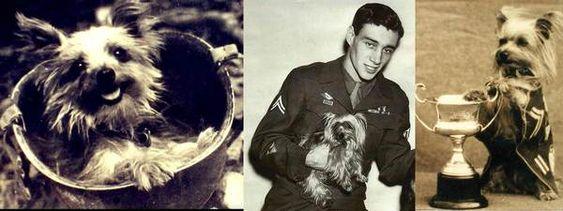
Corporal Bill Wynne adopted her and quickly discovered that the little dog was unusually adventurous, tough, and smart.
The onslaught was straining communication, and American commanders needed to run phone lines through a pipe that extended roughly 70 feet below the surface from the base to three separate squadrons, but they lacked the necessary equipment.
Follow Animal Pond on Tumbler and Twitter
The pipe was only eight inches in diameter, and the only way to install the lines was for dozens of men to dig a trench to get the wires underground, a dangerous job that would have taken days and left the men vulnerable to enemy attacks.
Instead, they bet on an outlandish solution: sending a tiny Yorkshire terrier through the pipe with kite string tied to her collar.

After that, the string could be used to thread the cords through the pipe. Corporal Bill Wynne, a 22-year-old Ohio native who’d adopted her while stationed in New Guinea, beckoned her forward.
The little dog made it across, the communication network was established, and she was credited with saving the lives of approximately 250 men and 40 planes that day. But in the years to come, the little Yorkie would be lauded for her ability to heal wounded soldiers.
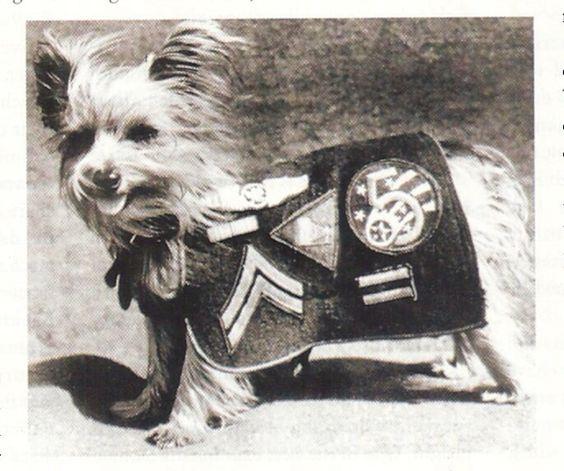
Smoky mastered more than 200 commands and hand signals. She survived kamikaze attacks, a typhoon on Okinawa, the Luzon invasion in the Philippines (where she saved Wynne’s life by warning him of an impending shell), and a six-inch jungle centipede sting.
Smoky also flew twelve combat air missions with Wynne, spending long hours dangling near machine guns in a soldier’s pack.

When Wynne first saw this dog in March 1944, while stationed with the United States Army Air Corps in Nadzab, New Guinea, she seemed almost too small to be taken seriously, weighing only four pounds and standing only seven inches tall, with a baseball-sized head.
One of his campmates had discovered her in an abandoned foxhole on the side of the road and was willing to sell her. She was malnourished and scrawny.
Another soldier had crudely sheared her, leaving her once-long, silky hair sticking out in uneven tufts, because he thought the small dog was too hot under all her fur.
But Wynne, who had grown up with dogs, quickly decided to keep this scraggly little creature and paid the soldier’s asking price of two Australian pounds ($6.44 US)—a significant portion of his overseas pay—and named her Smoky.
Wynne and the little dog would survive air raids, typhoons, and 12 combat missions together over the next year and a half.
Wynne smuggled the tiny dog back to the United States in an oxygen mask carrying case after the war ended.
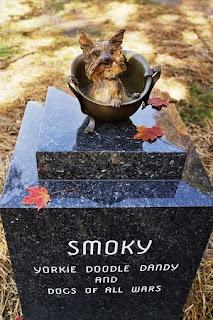
The “Yorkie Doodle Dandy” rose to fame as the world’s first therapy dog, visiting wounded soldiers in hospitals. Wynne buried her in a World War II.30 caliber ammo box in the Rocky River Reservation outside of Cleveland, Ohio, when she died on February 21, 1957.
For nearly 50 years, Smoky’s grave went unmarked until Vietnam veteran Jim Strand raised funds for a monument. Bill Wynne still lived close with his family and was familiar with the location. Susan Bahary, a dog sculptor, created a life-size bronze statue of a smiling Smoky sitting inside a GI helmet, based on one of Wynne’s photographs.
It’s attached to a two-ton polished blue granite pedestal that sits atop Smoky’s grave. On Veterans Day, November 11, 2005, the Smoky and Dogs of All Wars memorial was unveiled.
Read another Article about: Balto Husky’s Story: The Husky Who Saved Alaska in 1925
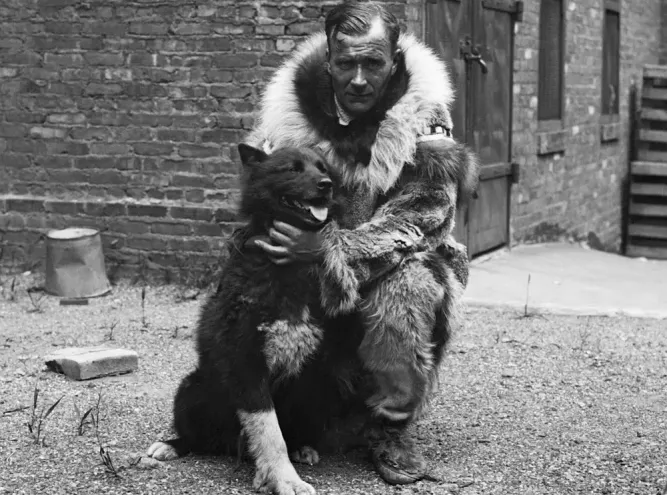
Bettmann/Getty Images

